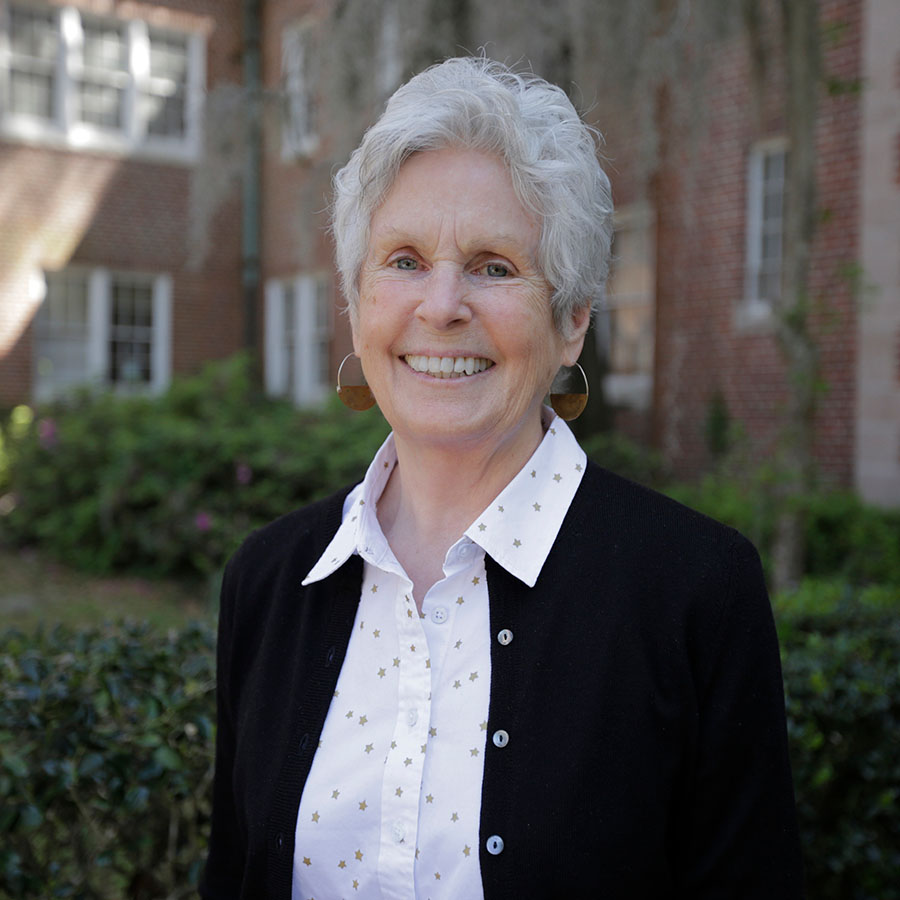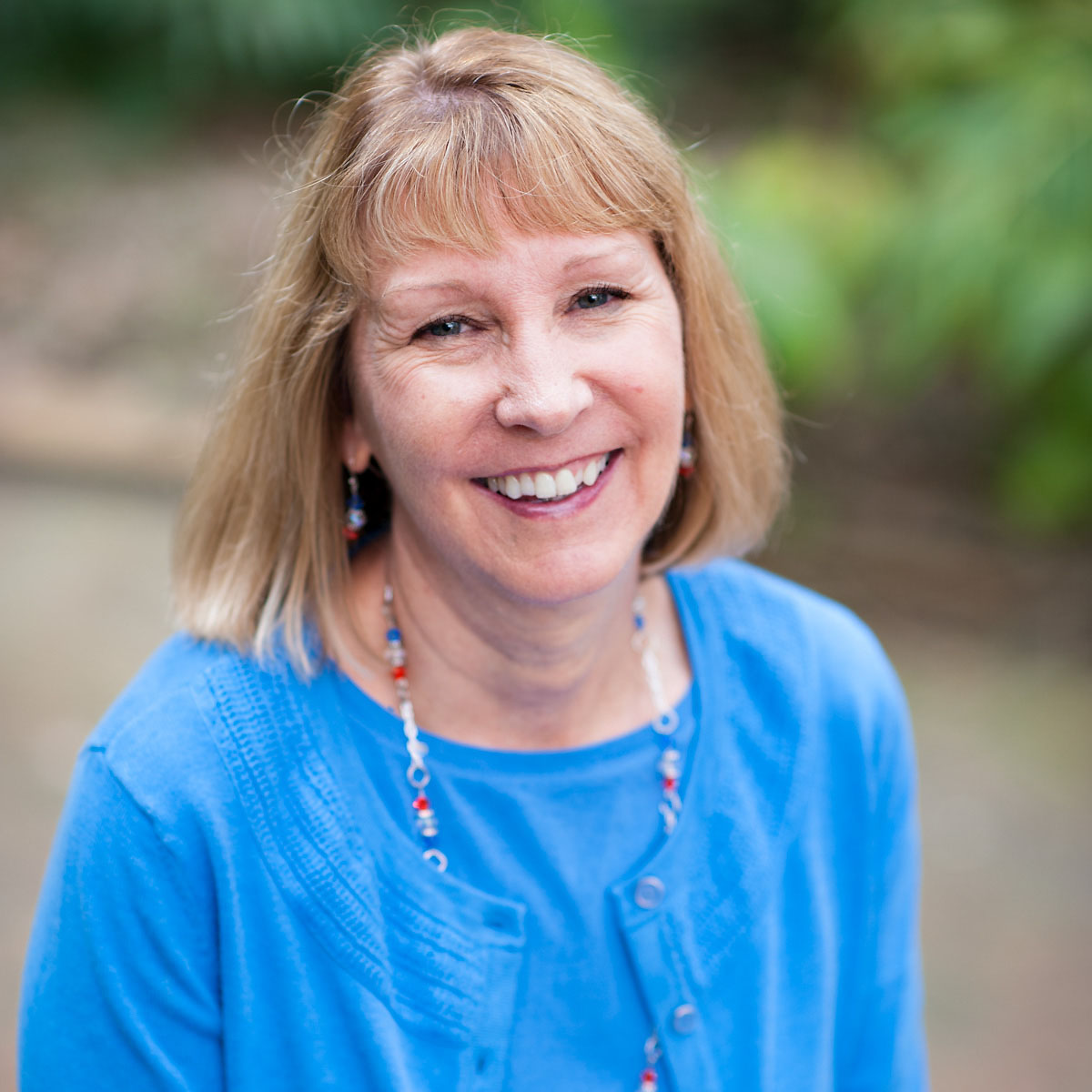Teachers often have the critical and daunting task of developing behavioral and academic skills simultaneously. For students at risk for emotional and behavioral disorders (EBD), this can be even more challenging. Researchers Ann Daunic and Nancy Corbett, along with co-PI Stephen Smith and other colleagues at the University of Florida, developed Social-Emotional Learning Foundations (SELF), an intervention developed and tested for efficacy through IES funding. SELF combines instructional strategies in literacy and social-emotional self-regulation for kindergarten and first grade teachers to provide more in-depth opportunities for at-risk students to develop these skills. Recently, we spoke with the SELF creators to learn more about the needs addressed by the intervention and the early evidence for its efficacy.
What are some challenges facing early elementary students at risk for developing EBD?

Ann Daunic (AD): Children at risk for developing EBD typically have issues with self-regulation, which can lead to a variety of maladaptive behaviors and affect their social-emotional adjustment and their academic outcomes. For example, children with aggressive tendencies are often impulsive, lack appropriate decision-making skills, and may be rejected by peers.
What are some challenges facing teachers of students at risk for EBD in the area of literacy?

Nancy Corbett (NC): We know that higher levels of behavioral self-regulation are associated with greater literacy and language skills. Children who come to kindergarten with fewer skills, either social or cognitive, may experience the classroom as a threatening place and therefore be less engaged with school at an early age. When children are disengaged at school, important early learning skills, including literacy, are more difficult to attain. Because literacy plays such a fundamental role in school success, it is critical that teachers meet the challenge of keeping children involved and motivated in this area.
How did you develop SELF to address these challenges?
AD: First, we realized that children at early risk for EBD may not benefit sufficiently from universally delivered, or Tier 1, instruction. We designed SELF to extend prior work in social-emotional and academic learning by providing small group, or Tier 2, instruction for at-risk children within the general education classroom.
Embedding social-emotional learning (SEL) within literacy instruction enables teachers to foster self-regulatory skills that are critical not only for social-emotional adjustment, but also for developing literacy. Using dialogic reading (an interactive strategy where adults and children have a dialogue around the text they are reading to enhance children’s literacy and language skills), SELF teachers can promote “emotion discourse” through interactive storybook reading, which occurs frequently in K-1 classrooms. In SELF, the teacher begins by introducing key concepts and vocabulary to the whole class. This is followed by a small group setting in which the teacher provides additional opportunities to engage the children at risk for EBD in conversations about their feelings and choices while developing listening comprehension. Children learn to identify their feelings using selected vocabulary words and they acquire strategies for regulating those feelings and related behaviors.
Why was it important to develop a social-emotional curriculum that could be implemented during literacy instruction?
NC: In addition to the fact that social-emotional growth and academic learning are inextricably connected, there is constant pressure to demonstrate continuous academic growth. As a result, it is challenging for many teachers to find time during the school day to focus on SEL. Therefore, it was not only conceptually, but also practically, sound to integrate an SEL curriculum within an academic subject taught in the primary grades. Since some children need more intensive and explicit instruction, we combined universally delivered and small group lessons to provide children at risk for EBD additional opportunities to strengthen language related to SEL and engage in social problem solving.
What have you found in the efficacy trial of SELF?
AD: During our trial, we collected data primarily through teacher reports of children’s knowledge and behaviors related to social-emotional competence and managing emotions, as well as some direct assessments of the children’s vocabulary, language, and self-regulation. Our findings showed that compared to at-risk children in the control condition (in which students received their usual instruction and services), children who were taught SELF lessons had more positive outcomes on measures related to self-regulation, SEL vocabulary, SEL competence, and behavior (externalizing and internalizing challenges, social skills, and school adjustment). These findings suggest that SEL curricula embedded within academic areas such as literacy can be effective.
Teacher feedback about SELF’s feasibility has consistently indicated that teachers like the curriculum and think it benefits their students, particularly those who are reluctant to say much in a whole group setting. Children have more opportunities in the small group to make connections from storybook characters’ experiences and feelings to their own, and introverted children are more likely to express their thoughts and emotions. Because these children do not typically receive as much attention as children at risk for externalizing problems, the evidence that SELF was effective for them was particularly noteworthy.
What are the next steps for your research?
AD: Theoretically speaking, the discourse opportunities provided in the small-group lessons are key to making SEL instruction effective for at-risk students. Over the years, however, many teachers using SELF have expressed a desire to teach the entire curriculum in a whole class setting, reasoning that all children can benefit from the instruction. This preference could indicate either a failure to grasp the fundamental role the small-group lessons play in providing opportunities for developing receptive and expressive social-emotional language, or it could be a practical concern with adding Tier 2 SEL instruction to their already demanding schedules. Therefore, future studies might include more formal qualitative inquiry focused on implementation concerns. We also need to examine whether children from different cultural and ethnic backgrounds respond similarly to SELF lessons. Finally, we would like to examine the pathways through which this model works, such as investigating whether SELF improves SEL language development and/or self-regulation, which then leads to the overall positive behavior and academic outcomes we have observed.
Where can interested school personnel learn more about SELF?
NC: Providing access to validated instructional interventions like SELF is of primary importance to us, so we are currently finalizing a website for interested stakeholders to freely access the curriculum after completing one hour of professional development. The website includes a video overview of SELF and orientation to SEL topics, our research papers and conference presentations, and for those who have completed the PD, the instructional materials and strategies used throughout the lessons.
Ann Daunic, PhD, principal investigator for the SELF research project, is an emeritus scholar in the School of Special Education, School Psychology, and Early Childhood Studies in the University of Florida’s College of Education.
Nancy Corbett, PhD, co-principal investigator, is a retired faculty member in the School of Special Education, School Psychology, and Early Childhood Studies in the University of Florida’s College of Education.
This interview was produced and edited by Julianne Kasper, Virtual Student Federal Service Intern at IES and graduate student in Education Policy & Leadership at American University. Jacquelyn Buckley is the program officer for NCSER’s Social, Emotional, and Behavioral Competence portfolio.